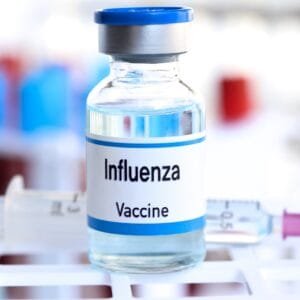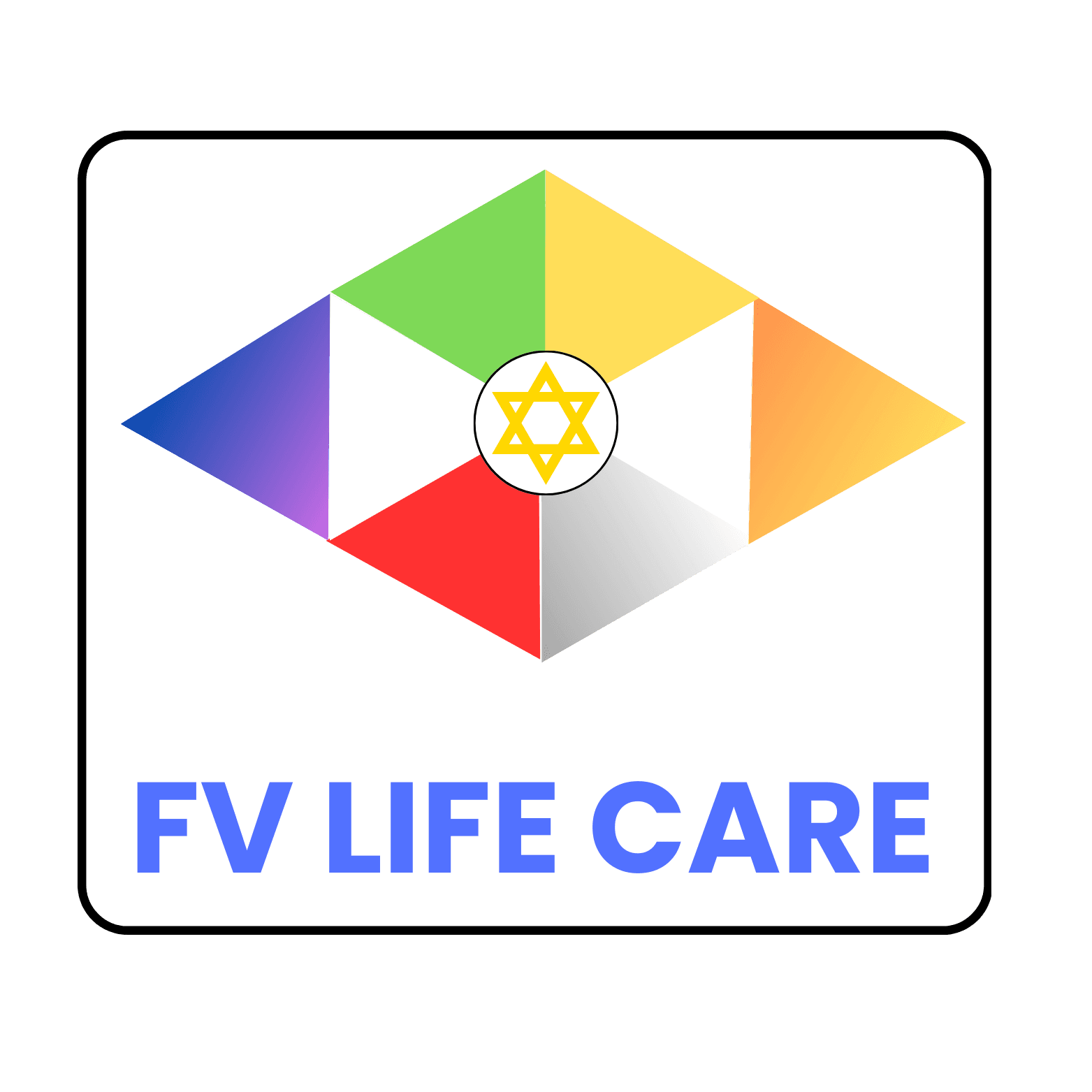Infectious Diseases: Causes, Symptoms, and Prevention
Infectious diseases are illnesses caused by pathogens such as bacteria, viruses, fungi, or parasites. These diseases can spread directly from person to person, through contaminated food or water, or via insect bites. Infectious diseases range from mild to severe and can significantly impact global health. Understanding their causes, symptoms, and preventive measures is essential for maintaining personal and public health.



What are Infectious Diseases?
Infectious diseases occur when harmful microorganisms invade the body, multiply, and trigger an immune response. While some infections are easily treatable, others can lead to serious health complications or death if left unchecked. Modern medicine, including vaccines and antibiotics, has significantly reduced the burden of infectious diseases, but challenges like antibiotic resistance and emerging pathogens remain.
Types of Infectious Diseases
Infectious diseases are classified based on the type of pathogen causing the infection:
1. Bacterial Infections
- Caused by bacteria like Streptococcus, Escherichia coli, and Mycobacterium tuberculosis.
- Examples: Tuberculosis, strep throat, urinary tract infections.
2. Viral Infections
- Caused by viruses such as Influenza virus, HIV, and SARS-CoV-2.
- Examples: COVID-19, influenza, HIV/AIDS, hepatitis.
3. Fungal Infections
- Caused by fungi like Candida or Aspergillus.
- Examples: Ringworm, candidiasis, aspergillosis.
4. Parasitic Infections
- Caused by parasites like Plasmodium or Giardia.
- Examples: Malaria, giardiasis, schistosomiasis.
5. Zoonotic Diseases
- Transmitted from animals to humans.
- Examples: Rabies, Lyme disease, zoonotic influenza.
Causes of Infectious Diseases
Infectious diseases arise when pathogens invade the body and disrupt normal functions. Common causes include:
- Direct Transmission:
- Person-to-person contact through saliva, blood, or bodily fluids.
- Respiratory droplets or aerosols (e.g., during coughing or sneezing).
- Indirect Transmission:
- Contaminated surfaces, water, or food.
- Vector-Borne Transmission:
- Zoonotic Transmission:
- Direct contact with infected animals or their products.
Symptoms of Infectious Diseases
Symptoms vary depending on the pathogen and affected body system but often include:
General Symptoms
- Fever:
- A common sign of infection as the body fights pathogens.
- Fatigue:
- Caused by the immune response.
- Pain:
- Localized pain, such as in the throat, joints, or abdomen.
- Swelling or Redness:
- Indicates inflammation or infection in specific areas.
Specific Symptoms
- Cough and Shortness of Breath:
- Common in respiratory infections like pneumonia or COVID-19.
- Diarrhea or Vomiting:
- Often seen in gastrointestinal infections like cholera or norovirus.
- Rashes or Skin Lesions:
- Associated with diseases like measles or chickenpox.
Risk Factors for Infectious Diseases
Certain factors increase the risk of developing infections:
- Weakened Immune System:
- Conditions like HIV/AIDS or use of immunosuppressive drugs.
- Poor Hygiene:
- Inadequate handwashing or sanitation practices.
- Close Contact:
- Crowded living conditions or exposure to sick individuals.
- Travel:
- Visiting areas with endemic diseases like malaria or dengue.
- Age:
- Infants, young children, and older adults are more susceptible.
Diagnosis of Infectious Diseases
Diagnosing infectious diseases involves identifying the pathogen and assessing its impact on the body. Common diagnostic methods include:
- Physical Examination:
- Observing symptoms like fever, swelling, or rashes.
- Laboratory Tests:
- Blood Tests: Detect antibodies, markers of infection, or the pathogen itself.
- Urine or Stool Tests: Identify bacteria, viruses, or parasites.
- Imaging:
- X-rays or CT scans to detect infections like pneumonia or abscesses.
- Microbial Cultures:
- Growing bacteria, fungi, or other pathogens in a lab to identify them.
- Molecular Diagnostics:
- Techniques like PCR (polymerase chain reaction) to detect viral or bacterial DNA.
Treatment Options for Infectious Diseases
Treatment depends on the type of infection and its severity:
1. Medications
- Antibiotics:
- Treat bacterial infections (e.g., penicillin for strep throat).
- Antivirals:
- Target viruses (e.g., oseltamivir for influenza, remdesivir for COVID-19).
- Antifungals:
- Combat fungal infections (e.g., fluconazole for candidiasis).
- Antiparasitics:
- Kill parasites (e.g., artemisinin for malaria, ivermectin for helminths).
2. Supportive Care
- Hydration:
- Fluids to prevent dehydration, especially in diarrheal diseases.
- Pain Relievers:
- Acetaminophen or ibuprofen to manage symptoms like fever or body aches.
- Hospitalization:
- For severe infections requiring intravenous medications or intensive care.
Preventing Infectious Diseases
Prevention focuses on reducing exposure to pathogens and boosting immunity:
1. Vaccination
- Immunization protects against diseases like measles, polio, influenza, and COVID-19.
2. Good Hygiene Practices
- Wash hands regularly with soap and water.
- Avoid touching the face with unwashed hands.
3. Safe Food and Water Practices
- Cook food thoroughly and drink clean, boiled, or filtered water.
4. Vector Control
- Use insect repellents, bed nets, and remove standing water to prevent mosquito-borne diseases.
5. Health Screenings
- Regular check-ups to identify infections early and monitor vaccination status.
Complications of Infectious Diseases
Severe or untreated infections can lead to:
- Sepsis:
- A life-threatening response to infection, causing organ failure.
- Chronic Illnesses:
- Conditions like hepatitis B or HIV can become lifelong.
- Antimicrobial Resistance:
- Overuse or misuse of antibiotics leads to drug-resistant infections.
- Spread to Others:
- High transmissibility increases public health risks.
FAQs about Infectious Diseases
1. What are infectious diseases?
Infectious diseases are illnesses caused by pathogens like bacteria, viruses, fungi, or parasites, which can spread from person to person or through the environment.
2. What are common symptoms of infections?
Symptoms include fever, fatigue, pain, swelling, cough, and gastrointestinal issues like diarrhea or vomiting.
3. How are infectious diseases treated?
Treatment depends on the pathogen and includes antibiotics, antivirals, antifungals, or antiparasitics, along with supportive care.
4. Can infectious diseases be prevented?
Yes, through vaccination, good hygiene, safe food and water practices, and vector control.
5. When should I see a doctor for an infection?
Seek medical attention for persistent fever, severe pain, difficulty breathing, or symptoms that worsen over time.
Conclusion
Infectious diseases continue to pose challenges globally, but with advancements in medicine, prevention, and public awareness, their impact can be significantly reduced. Understanding the causes, symptoms, and preventive measures helps individuals and communities stay healthy and minimize the spread of infections. If you experience symptoms of an infection, consult a healthcare professional for early diagnosis and treatment.
